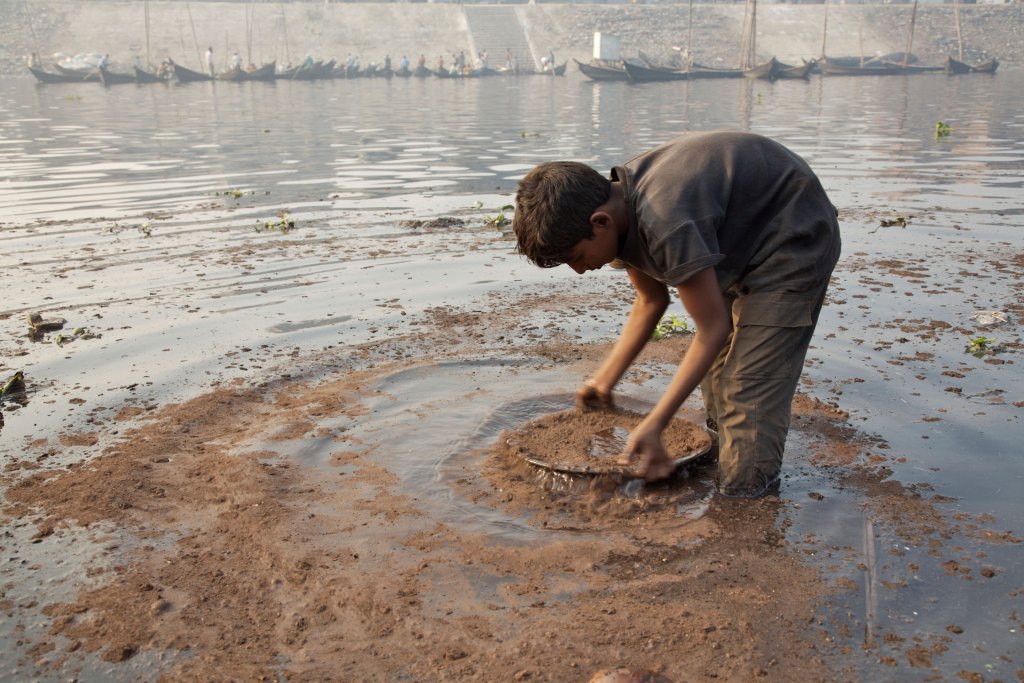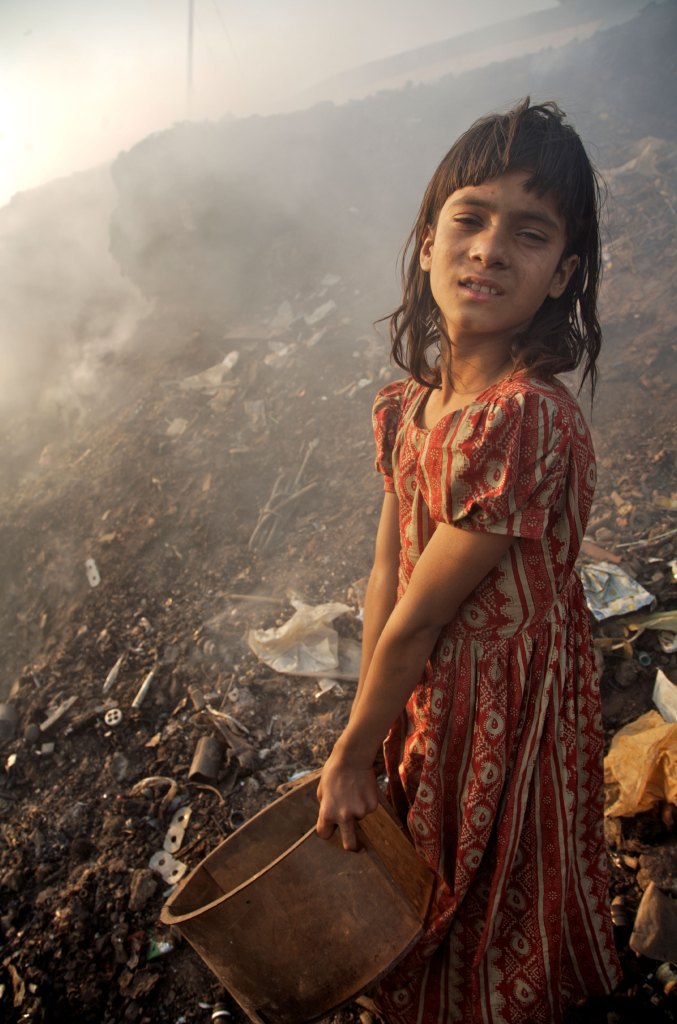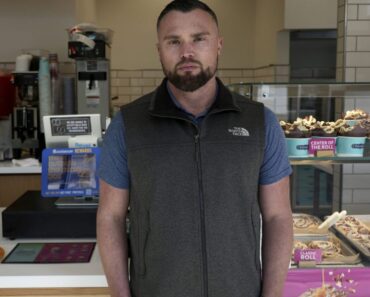This post was originally published on this site
We write with good news concerning a fresh effort to combat a threat to global health that will claim more than 900,000 lives this year. Because symptoms are not always visible, the danger posed by this threat is insidious. Even when not fatal, it contributes to poverty, undermines human potential, and hurts communities.
Yes, COVID-19 is such a menace, but not the only one. So, too, is exposure to lead-based pollution. Human use of lead is pervasive. Across the globe, people are exposed to lead in the water they drink, the air they breathe, the food they eat, the soil they till, and the ground on which they walk.
Lead poisoning is neither infectious nor as fast-acting as the coronavirus, but recent research shows its deadly impact. More than 800 million children—one in three worldwide—have levels of lead in their blood that could affect their brain development and slow their ability to learn.
Boys and girls under the age of five are at greatest risk. The consequences for them are both life-altering and lifelong, and can include a decline in intellectual development, behavioral changes, and a heightened risk of damage to the heart and kidneys. There are economic consequences as well, with lead exposure in children causing an estimated $1 trillion in lost economic potential.

What, then, is our good news?
Lead can be safe if it is recycled and used properly, and exposure to lead poisoning can be prevented. Especially in middle- and upper-income countries, concerted action in prior decades has done much to reduce the harm caused by lead-based gasoline and paint.
However, while paint and fuel are no longer a threat in most parts of the world, lead acid batteries are now the leading cause of lead contamination. As the number of vehicles—which require multiple lead acid batteries over their lifetime—has spiked across low- and middle-income countries in the past 20 years, so has the risk of lead pollution.
An estimated half of these batteries end up in the informal recycling sector, where they are broken apart and smelted, causing lead particles to leak into the environment. This is how they make their way to children: Children play with lead; they breathe it in; their parents unknowingly bring it home on their clothes.
It is not too late to act. That is why today, we are drawing attention to a new partnership, the Protecting Every Child’s Potential Initiative, aimed at addressing this problem in an urgent and comprehensive fashion. It brings together Unicef, the United Nations’ leading children’s agency; Clarios Foundation, the philanthropic arm of the world’s largest manufacturers and recyclers of lead acid batteries; and Pure Earth, a global leader in cleaning up toxic pollution. (Clarios is a client of Albright Stonebridge Group.)
The initiative’s goal is to mobilize collective measures to reduce lead exposure through heightened awareness, community action, technical assistance, and collaboration across societies and sectors. The steps that participants will support include enhanced education, testing, and monitoring, the elimination of unsafe lead recycling and smelting activities, and the cleanup and rehabilitation of toxic sites.
The aim is to influence better global, regional, and national legislation and policy, including the enforcement of environmental regulations for smelting operations. Outreach of all kinds will play a major role, especially in ensuring that local communities understand their own stake in creating a safer and healthier environment for their young people.

The initiative is based on a simple, unsurprising fact. Global progress on health issues depends on the shared efforts of the public and private sectors. We have seen this truth demonstrated repeatedly when countering polio, HIV/AIDS, malaria, Guinea worm, and now COVID-19. It is only common sense to combine the resources and know-how of government, business, and civil society. Together we can move rapidly to identify and correct the causes of suffering.
While COVID-19 is the most dramatic public health issue facing the world right now, it should not detract from our awareness and determination to confront other threats. Lead poisoning is affecting children on a massive scale, silently wreaking havoc on their health and development, with possibly fatal consequences.
We know what we must do to halt this insidious threat. Together, governments, businesses, and philanthropies can and should make a difference. The Protecting Every Child’s Potential Initiative can help point us all in the right direction, but it cannot succeed alone. It will need, and it will deserve, the support and cooperation of us all.
Madeleine Albright served as U.S. permanent representative to the UN (1993–97) and U.S. secretary of state (1997–2001), and is currently chair of Albright Stonebridge Group, a global strategic advisory firm.
Henrietta Fore is the executive director of Unicef.
More opinion from Fortune:
- Why the 2020 election hinges on the final presidential debate
- Why stronger labor unions would speed up America’s post-COVID recovery
- Why America’s volunteer spirit could save the election
- If Walmart wants to hear workers’ voices, it should give us a seat at the table
- How one of the world’s biggest banks plans to tackle climate change





